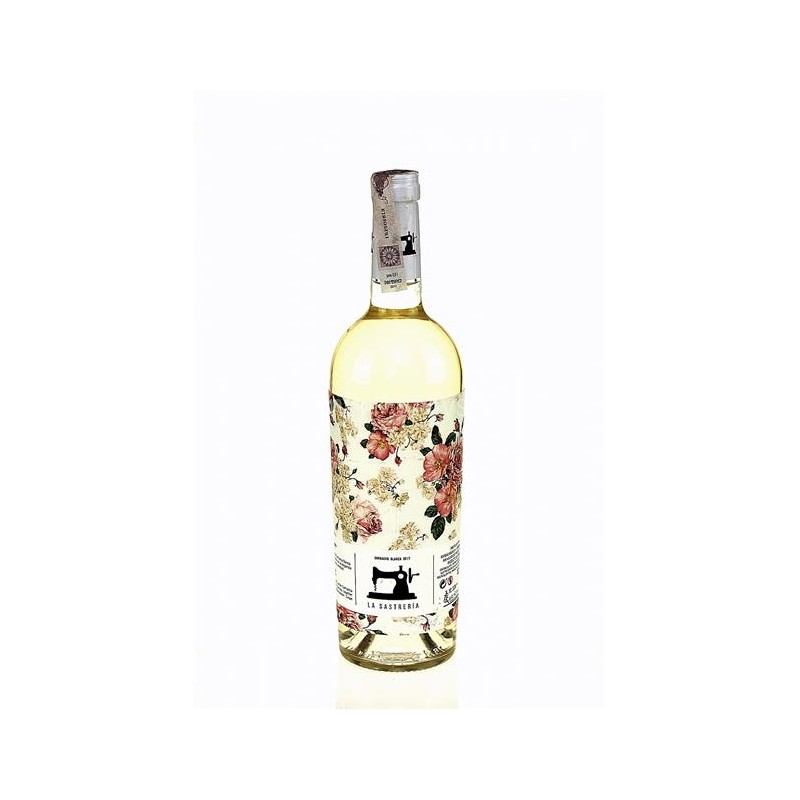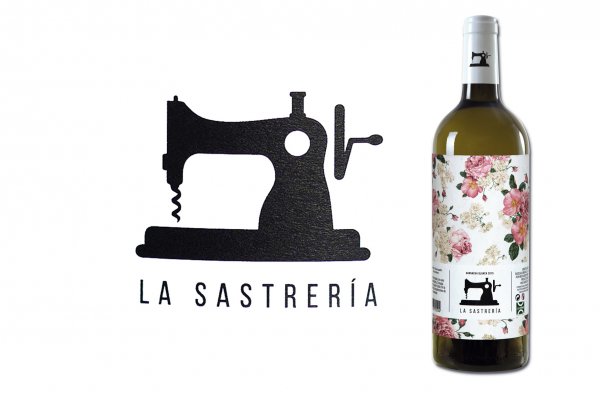






This wine, belonging to the Haute Couture Print Collection, has been woven with white Garnacha grapes. It combines modernity and fruity character with the elegance of the Mediterranean style of this variety.
Ideal snacks, seafood entrees, fish, white meat and pasta.
Must extracted after 18 hours of cold maceration (9ºC) with the skin. Fermentation at a temperature between 15 ° C and 18 ° C.
The SASTRERÍA GARNACHA “Haute Couture Print Collection” - MAGNUM - BIG format - 1.5 liters

Grape varieties: 100% white grenache
Alcoholic degree: 13.5% vol.
Pairing:
Risotto, salmon and tuna tartare, grilled halibut, goat cheese salad, fried squid and seafood.
CATA's notes:
View: Straw yellow with green highlights.
Aroma: The nose is clean and intense in aroma (fresh apricot, pineapple and lime).
Mouth: On the palate it is a very fruity and balanced acidity wine. Good palate, crisp and refreshing.
Consume between 8-10ºC
DESCRIPTION
DO Cariñena
The Garnacha resurfaces after a time when it was little valued but that, thanks to the work being done with it both in the field and in the wineries, the Garnacha is one of the grapes that have become fashionable in recent times . On the other hand, there is a demand, both in the national market and in international markets, for elegant wines, easy to drink, with a moderate extract in which the fruity sensation is the protagonist. And Garnacha has fruit in abundance.
La Garnacha -also known as Gironet, Grenache, Lladoner, Roussillon, Cannonau or Aragonés- has revealed itself as an ideal grape for this type of wine, although until now it has been belittled because of having over-exploited the plant to make ordinary wines. But as soon as it has been practiced in it a viticulture aimed at achieving good quality has demonstrated its good sensory character and its ability to age.
The Garnacha is the most cultivated Mediterranean variety in the world and, as in most different grape castes, its origin is controversial, although the most romantic version speaks of its expansion from the original lands of the Crown of Aragon throughout of the territories subject to its jurisdiction in the Mediterranean arch, such as Roussillon, Sardinia, Sicily and even Greece. Then it would reach many other places because it is a productive, long-cycle, drought-resistant plant that is precisely when it offers its best qualities and very versatile, since it adapts to all types of soils.